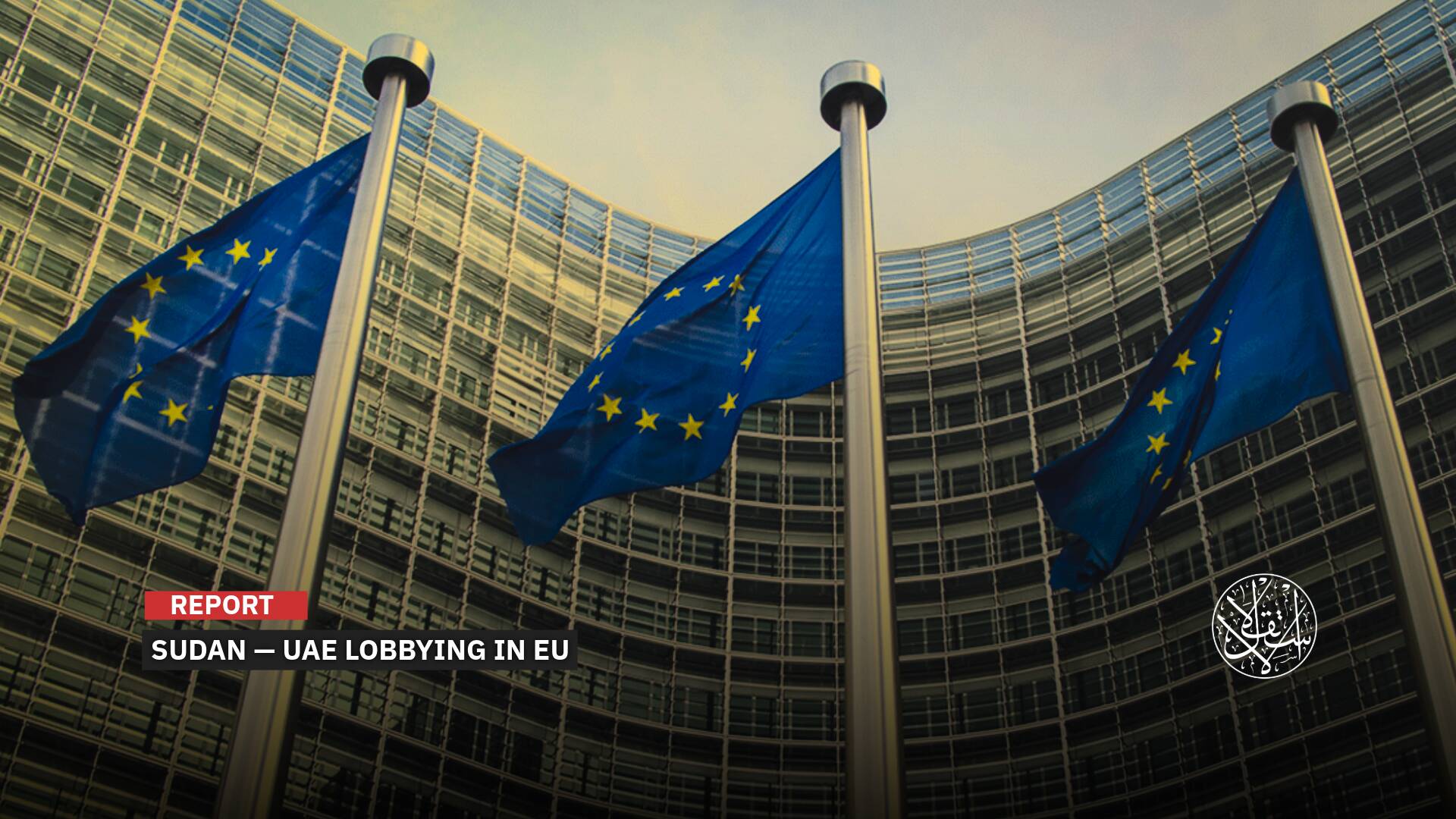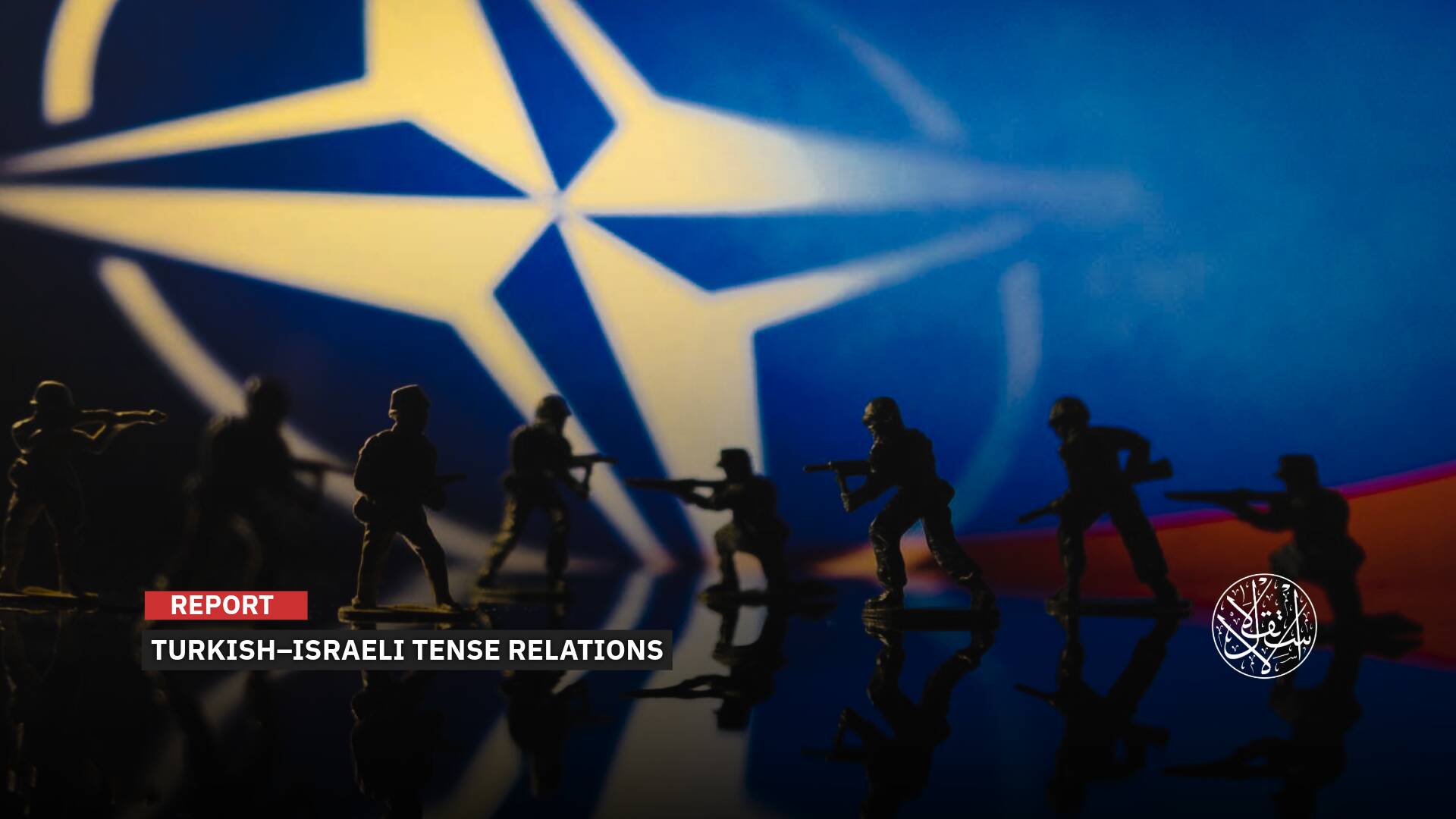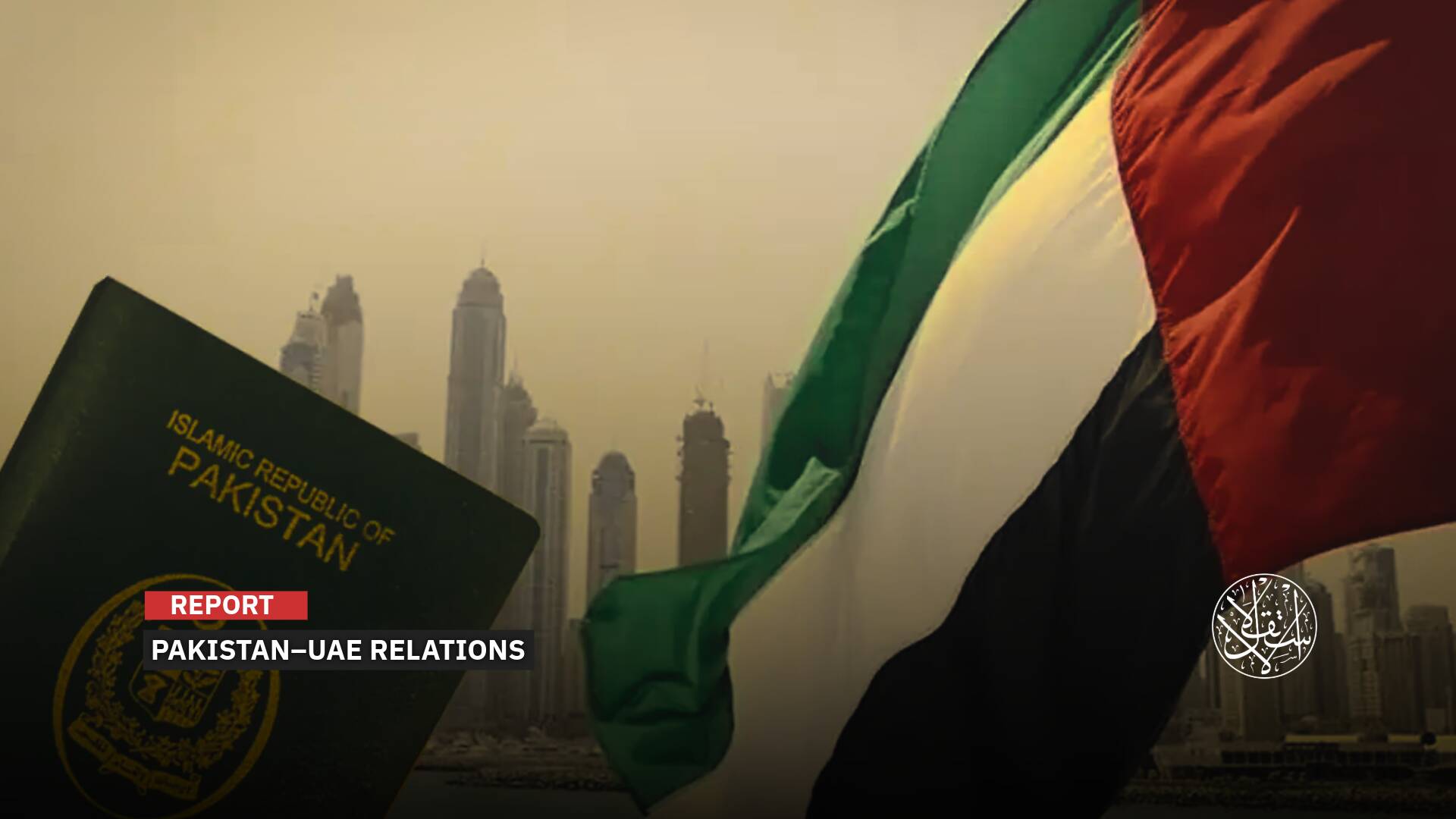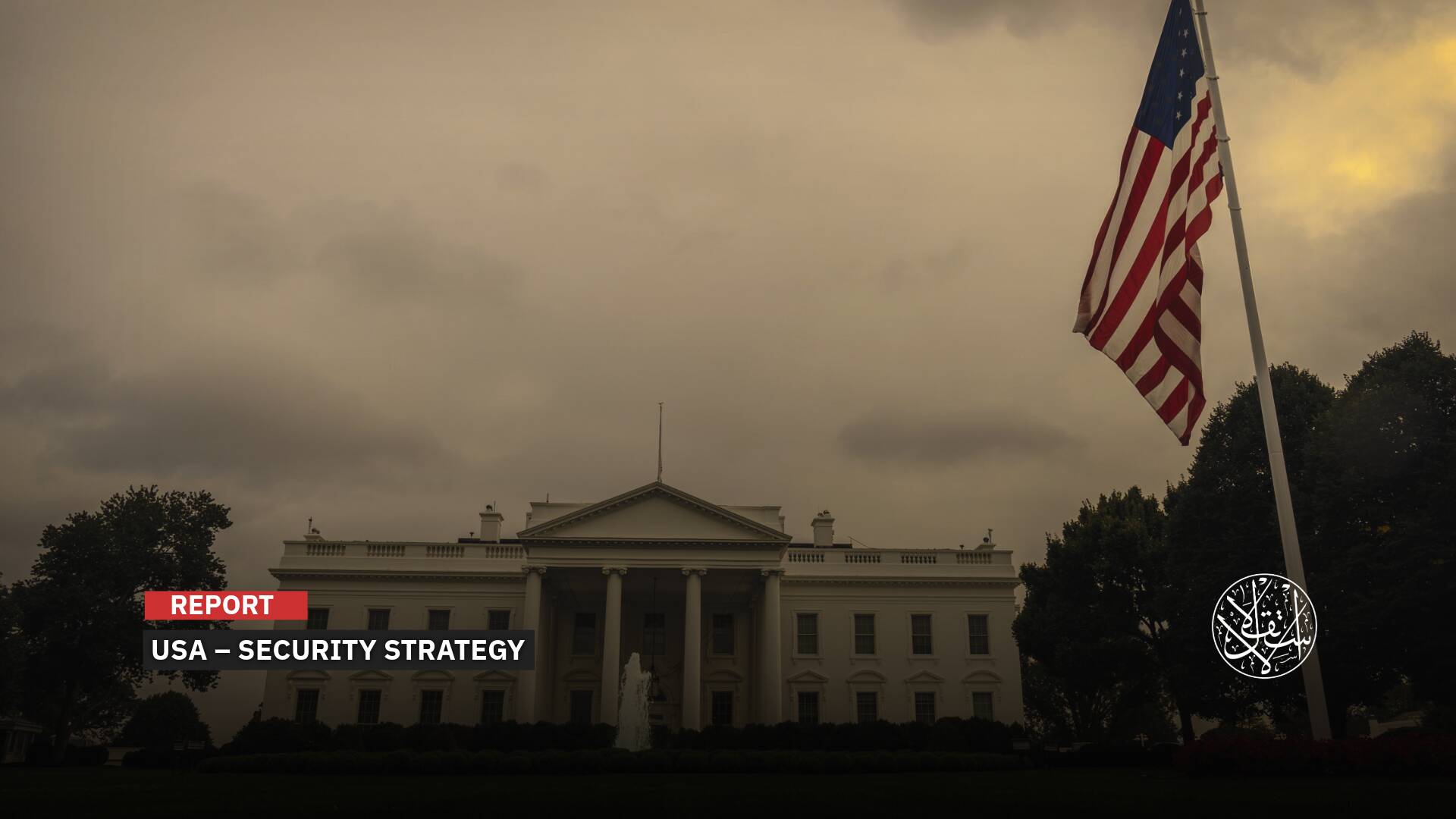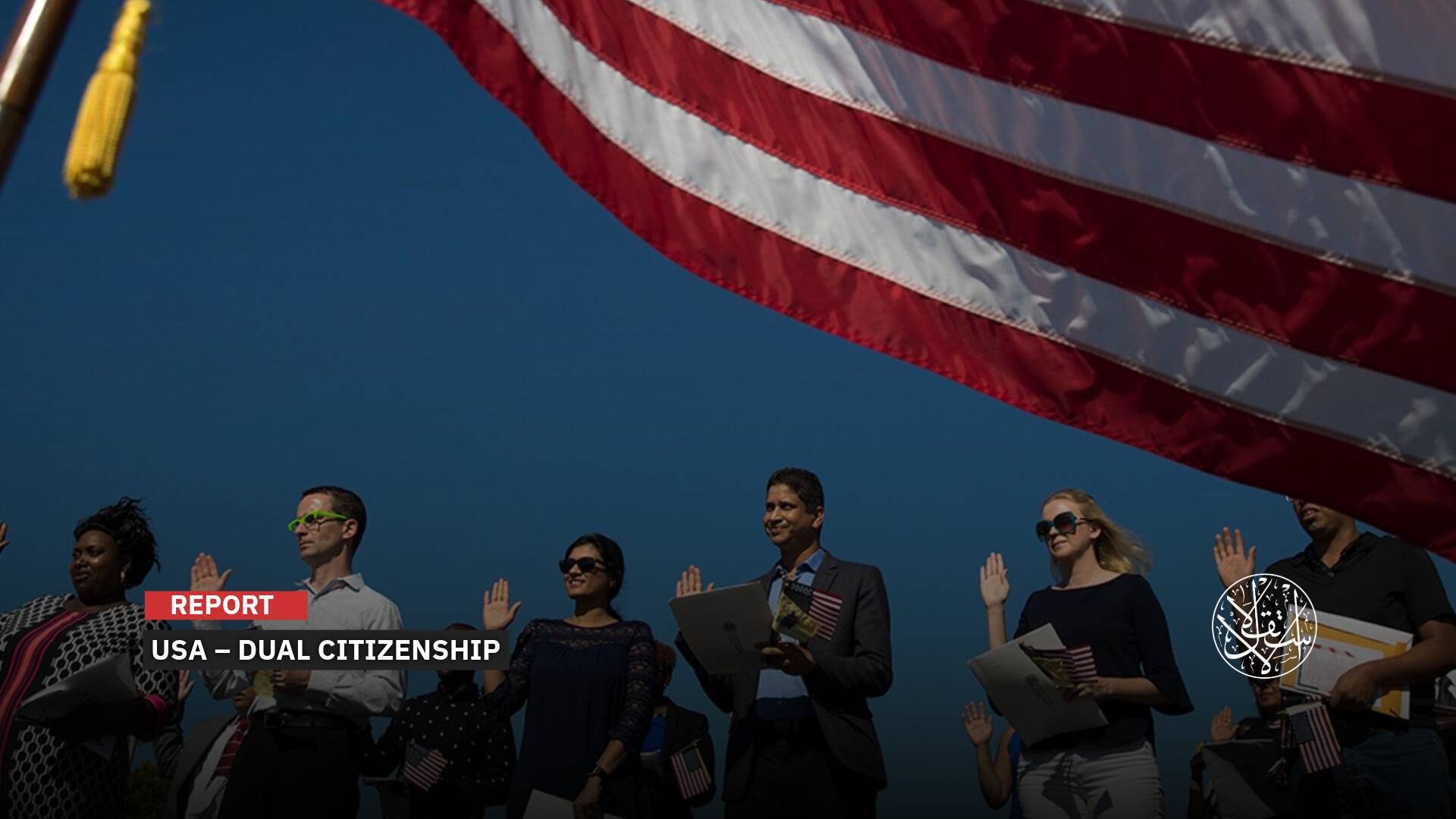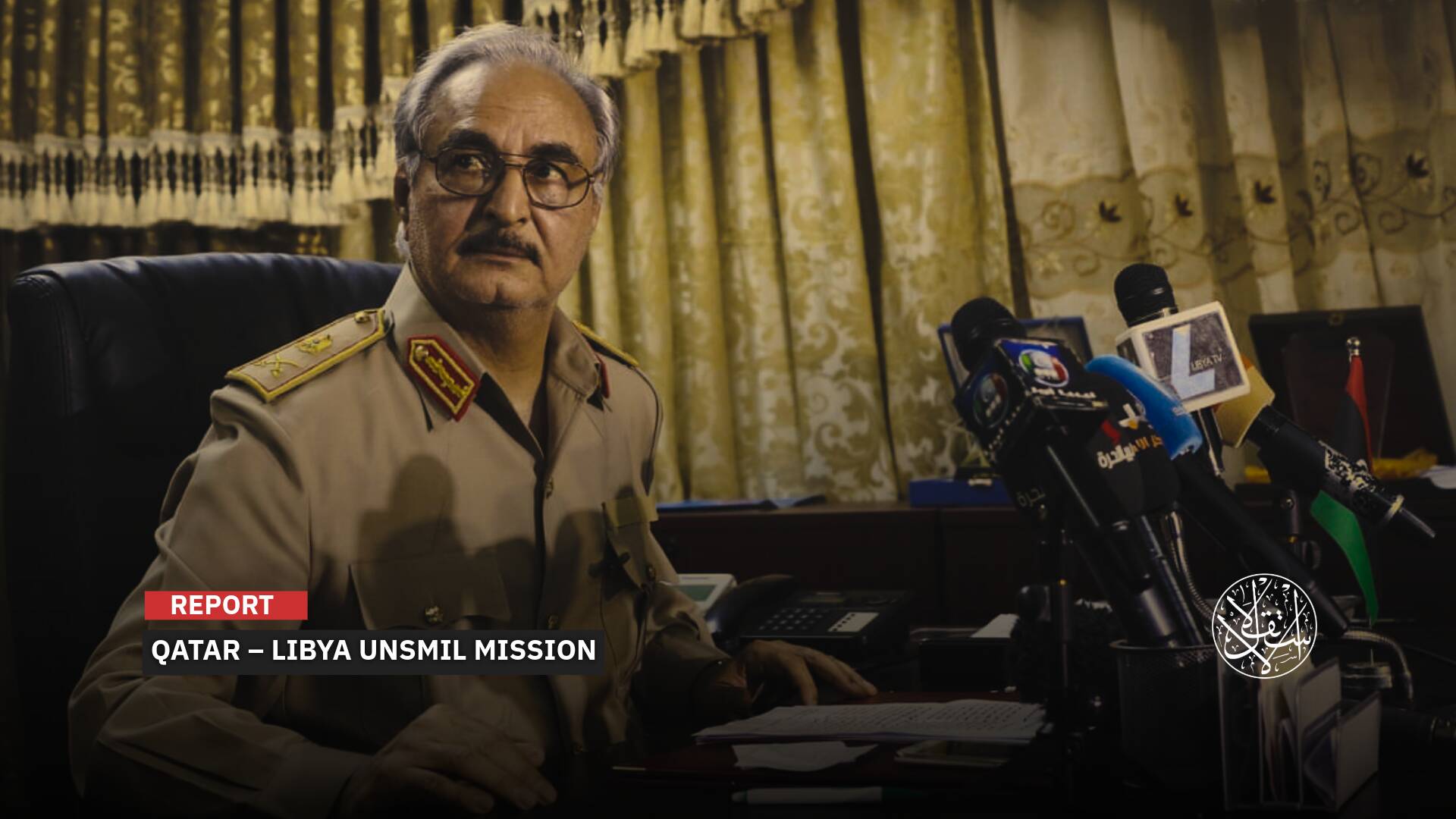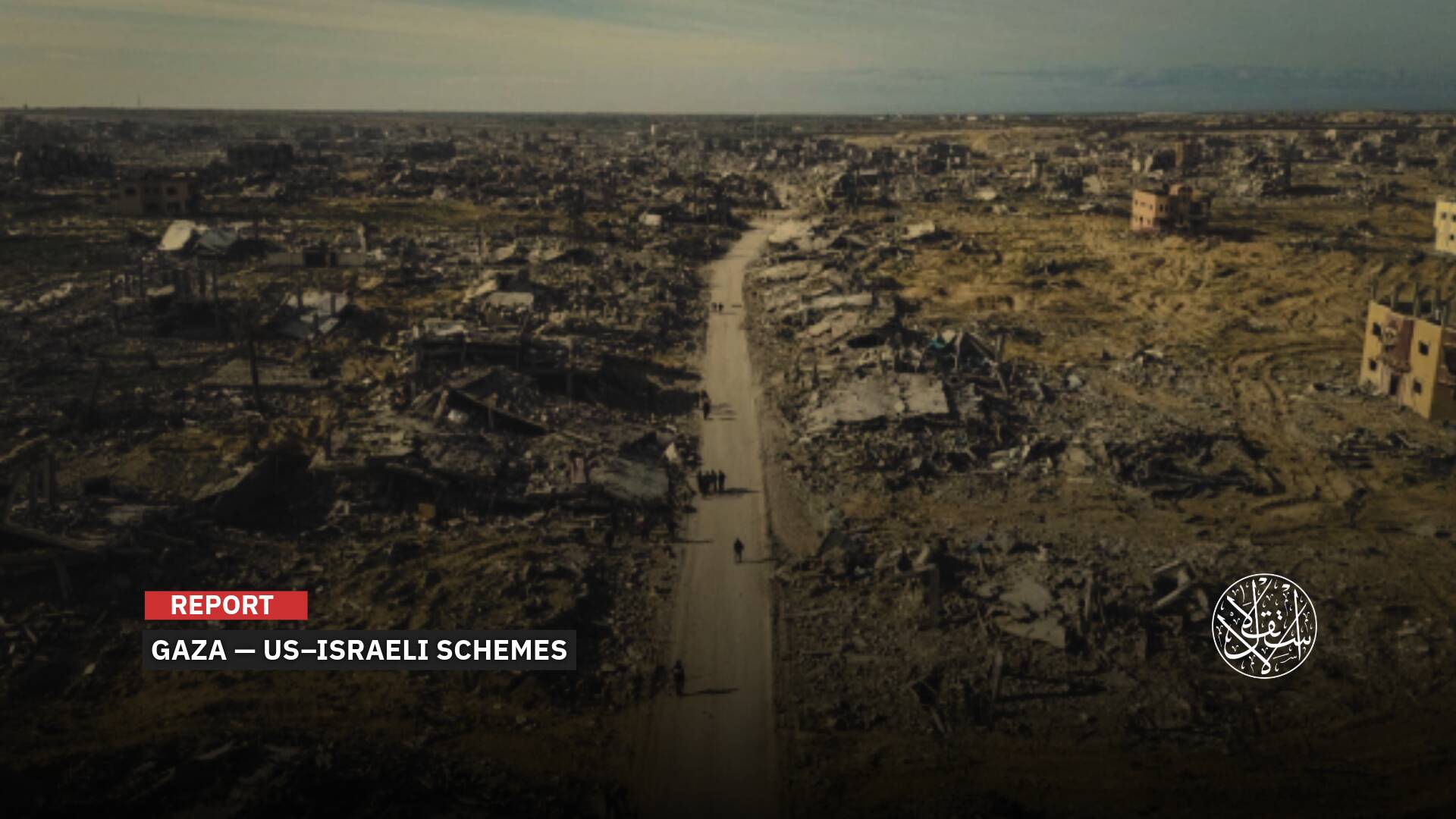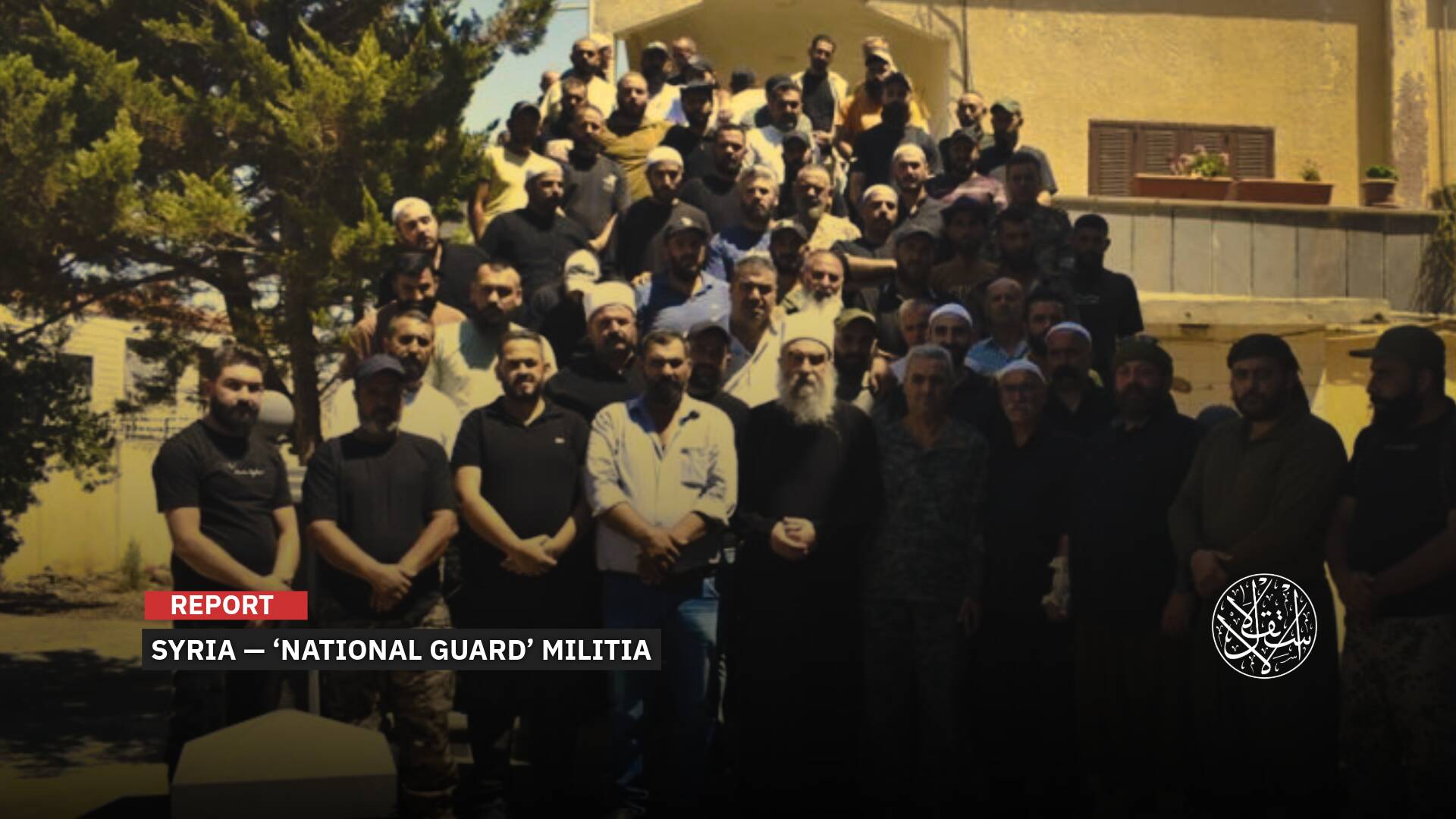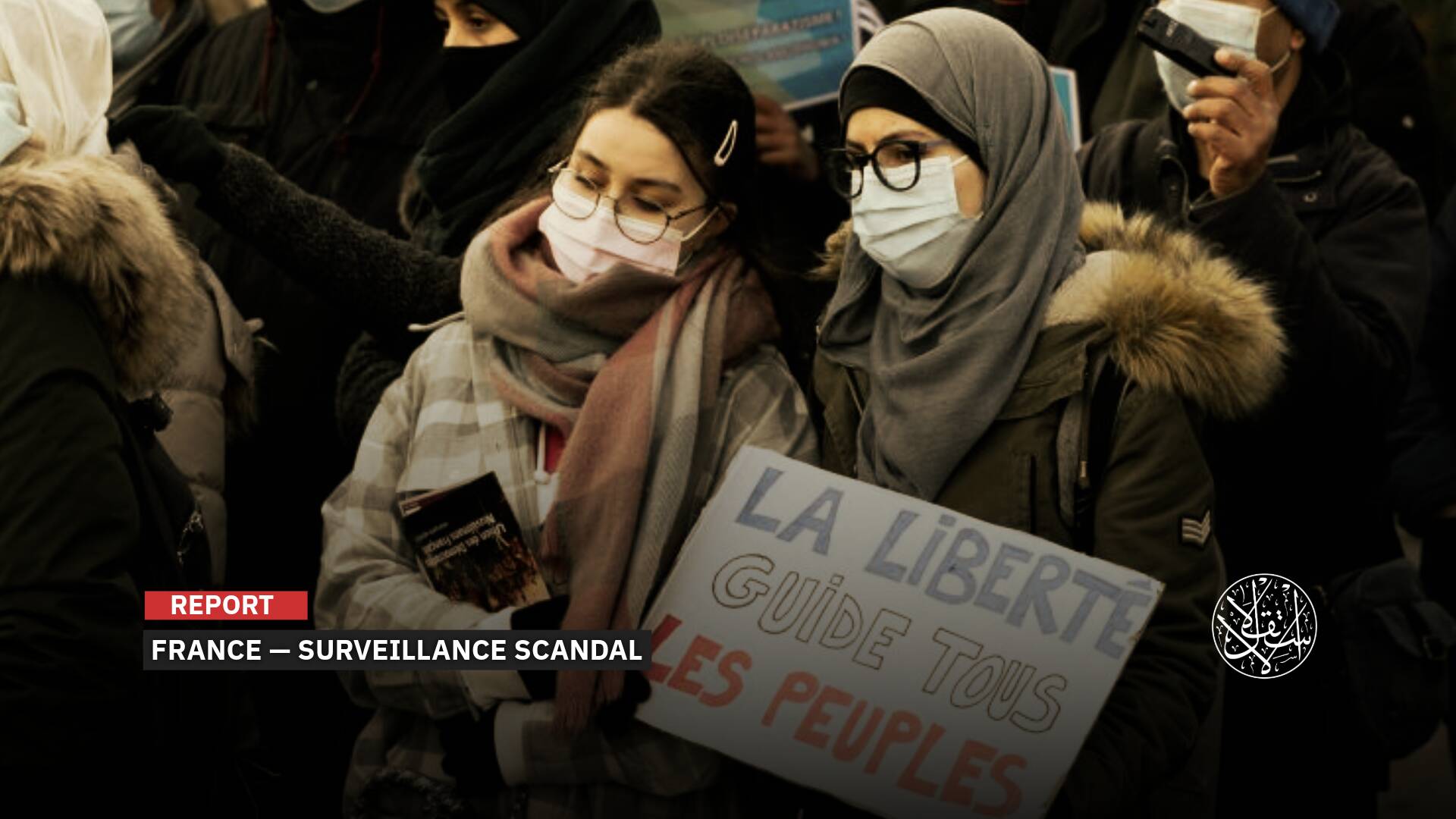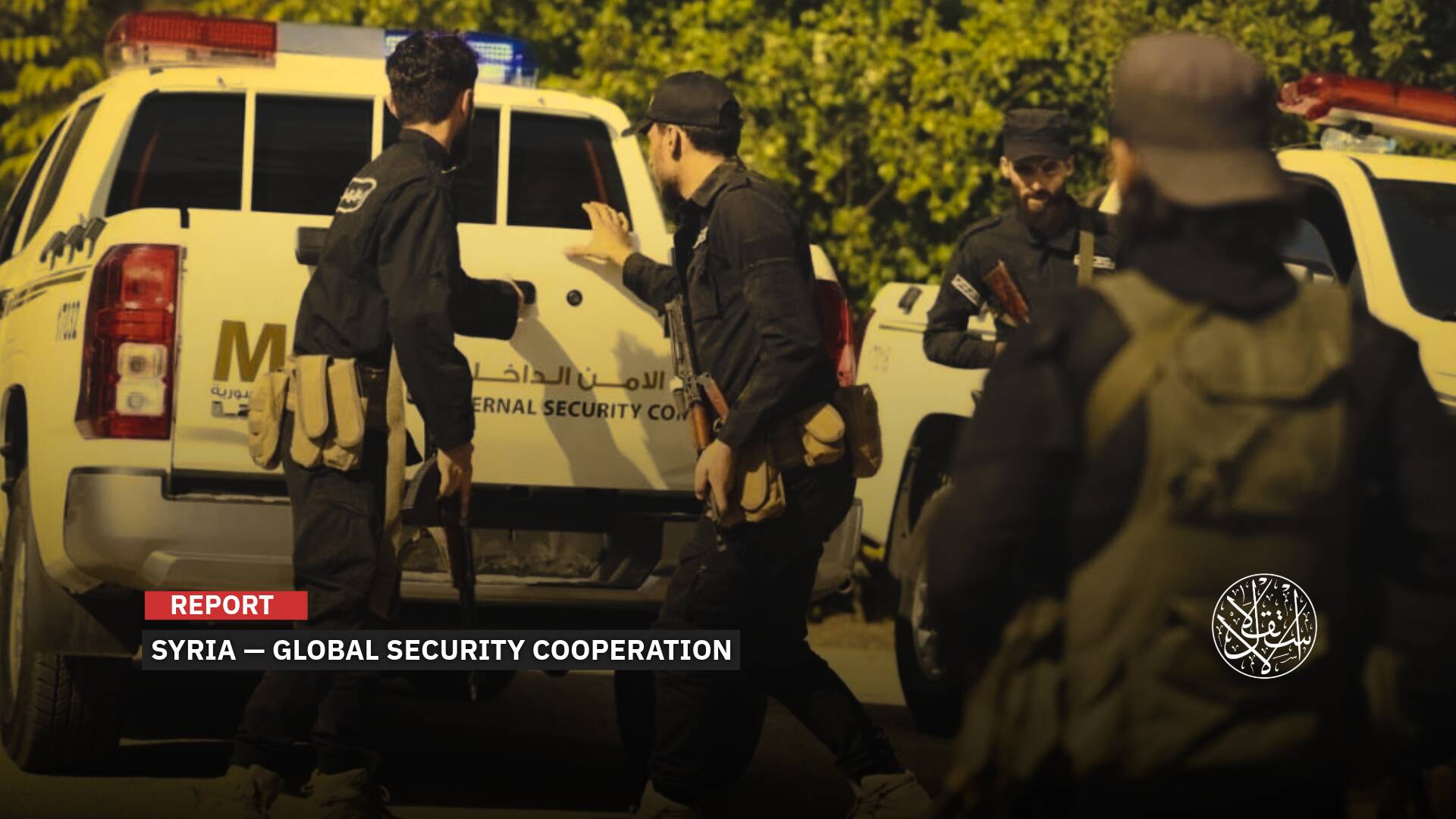Occupation Collaborators: The Story of Betraying Families Forming New Militias in Gaza
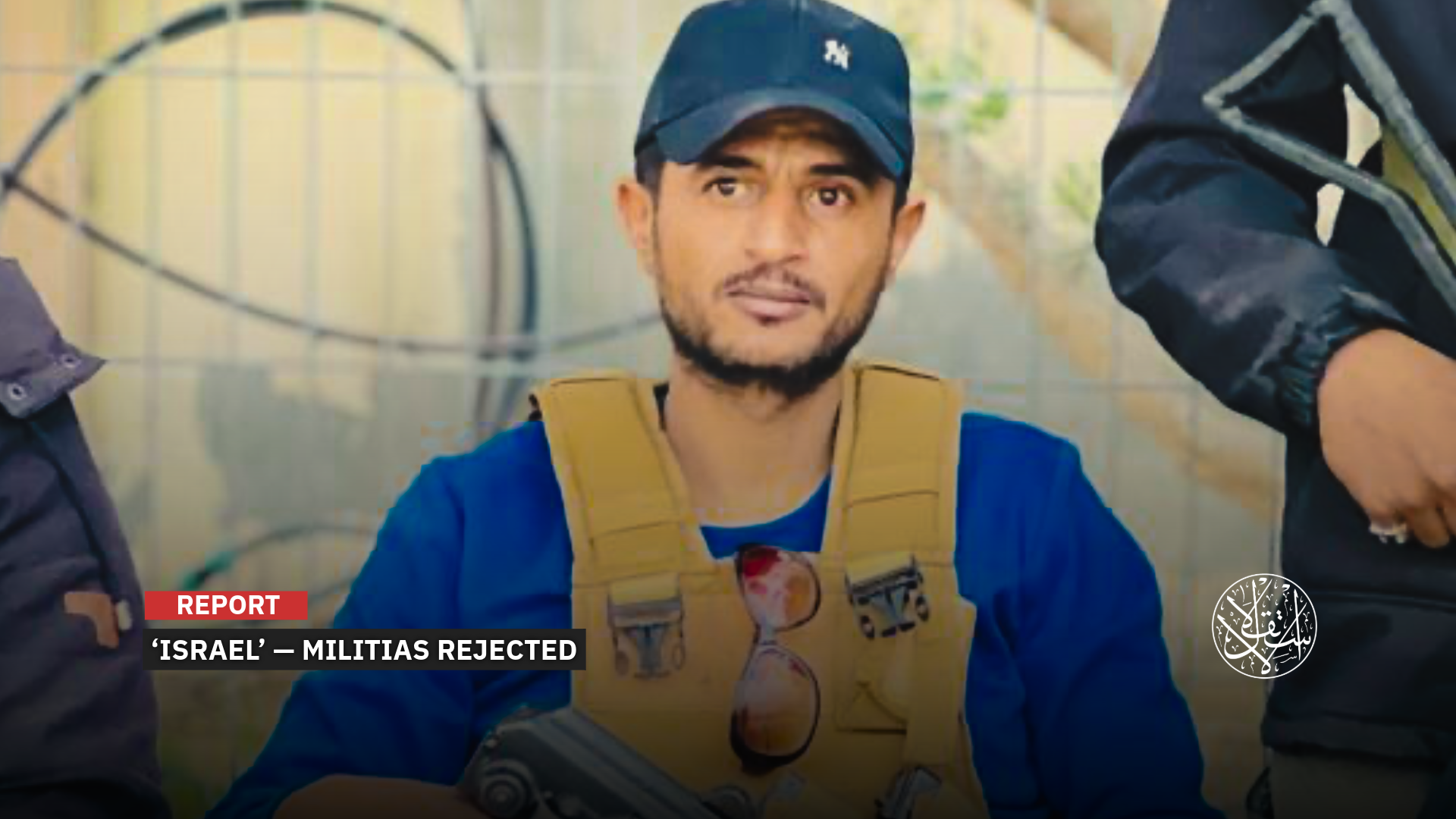
The occupation reportedly approached several large Azza families, urging each to establish its own militia.
In recent months, the Israeli Occupation Forces (IOF) have intensified its efforts to establish armed local militias in parts of the Gaza Strip, particularly in areas where it maintains a military presence.
These militias, often composed of members of large families and criminal gangs, have reportedly been tasked with both intelligence gathering and operational duties on the ground, in a bid to counter the Palestinian resistance.
The Israeli Occupation Forces are said to have approached several prominent Gaza families, urging each to form its own militia, take over security control of its neighborhood, and actively combat the presence of Hamas. In exchange, the families were promised logistical and financial support, along with protection.
However, the vast majority of these families reportedly rejected the offer. In response, the IOF are believed to have issued threats to those who refused to cooperate.
When many still stood their ground, the Israeli Occupation Forces allegedly carried out those threats, launching strikes on family homes that resulted in large-scale killings.
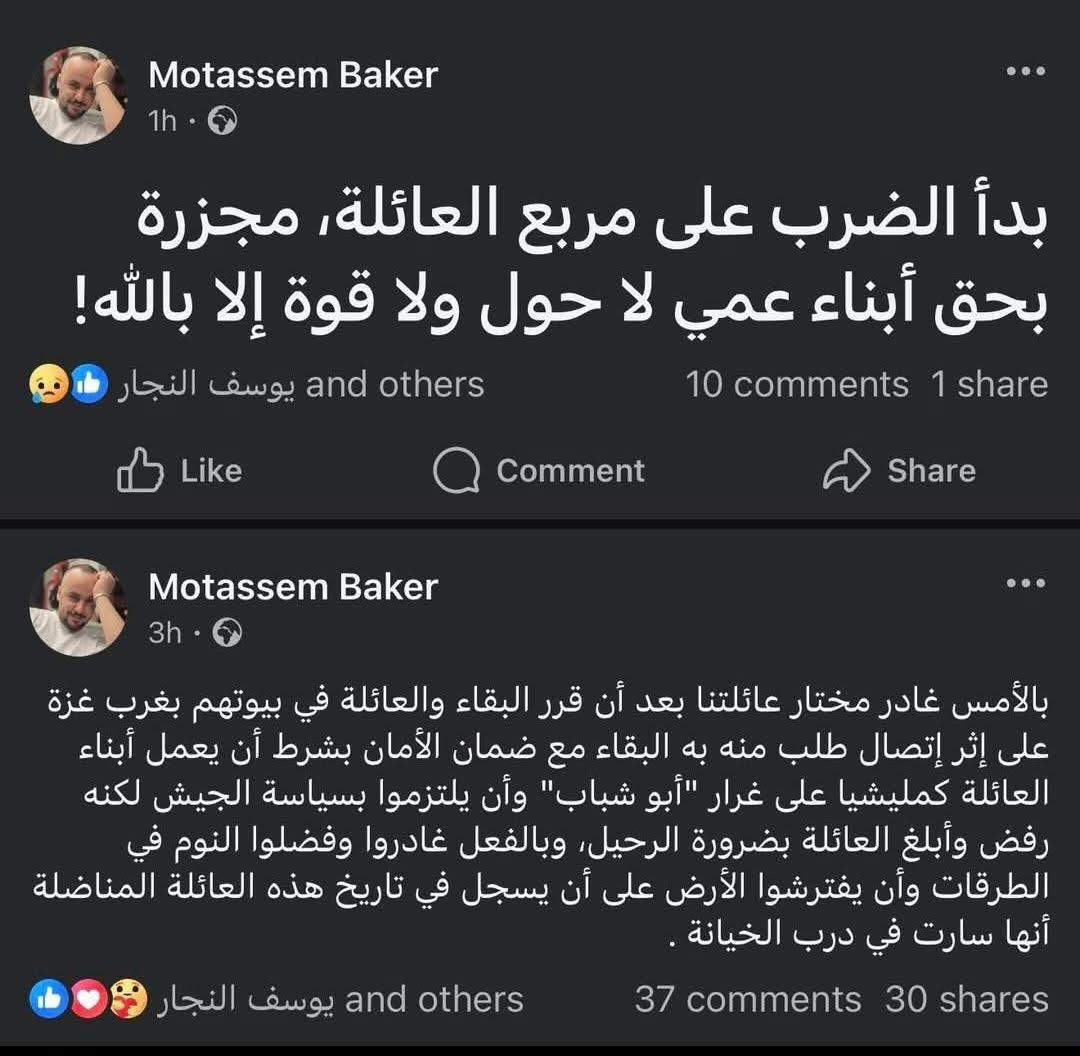
Chose Death
The Euro-Med Human Rights Monitor revealed on September 27, 2025, that the IOF had committed massacres against Palestinian families who refused to cooperate with its security efforts, as part of what the group described as an ongoing campaign of genocide now approaching its second year.
In a statement, the organization said it had documented “a massacre carried out by the Israeli Occupation Forces against the Baker family in al-Shati refugee camp, west of Gaza City.”
According to the statement, the incident took place just one day after the family had rejected an offer to join a local militia operating on behalf of the Israeli Occupation Forces and carrying out unlawful missions.
The Monitor cited Motassem Baker, a member of the family, who said that the Israeli Occupation Forces had offered them safety and permission to remain in their area, on condition that members of the family serve as a militia loyal to the army, similar to the “Abu Shabab” group operating in the southern part of the Gaza Strip.
The Abu Shabab militia is an armed gang led by Yasser Abu Shabab, a fugitive from Gaza’s internal security prisons. The group first appeared in public in May 2024 and initially collaborated with Israeli Occupation Forces to block humanitarian aid from entering the Strip, exacerbating famine conditions. It later shifted its focus to confronting resistance factions and Palestinian security forces.
Operating under the direction of the Israeli Occupation Forces and Shin Bet, “Israel’s” internal security agency, the militia has been based in the eastern Rafah area under Israeli Occupation Forces’ protection. Its emergence is widely seen as the beginning of a new phase of collaborationist militias.
Baker said the family refused the Israeli offer, choosing instead to sleep in the streets rather than, in his words, “walk the path of betrayal.” This came after the family had previously resisted evacuation orders to flee south, opting instead to stay in their homes and tents in western Gaza.
In what appeared to be retaliation, the Israeli Occupation Forces bombed a family home in the early hours of September 26, 2025, killing nine Palestinians and injuring several others, according to the Ministry of Health.
In this context, the Euro-Med Monitor also reported receiving similar accounts from the Dairi and Dughmush families, who said they had also been approached by IOF with comparable offers.
Upon rejecting them, the IOF escalated its tactics, detonating explosive-laden vehicles in the Sabra neighborhood, where the families’ homes are located.
This was followed by heavy aerial bombardments, including strikes on a residential block belonging to the Dughmush family, which resulted in the killing of more than sixty family members, with many others still missing under the rubble, the Monitor reported.
Mohammed Dughmush said the IOF had repeatedly tried to contact the family on multiple occasions, attempting to persuade and recruit its members into forming local militias to serve “Israel’s” interests, efforts that began even before the emergence of the Abu Shabab group.
Speaking to Al-Estiklal, Dughmush explained that the Israeli Occupation Forces sought to exploit old disputes between the family and Hamas dating back to 2007 and 2008, when the Dughmush clan was closely aligned with Fatah.
At the time, many of its members served in the Palestinian Authority’s security services, leading to clashes with the Hamas-led government in Gaza.
“Israel,” he said, attempted to use the family’s size and social influence to its advantage, but the Dughmush clan consistently refused to align with Israeli interests or take any path that could harm the Palestinian people and their resistance.
He added that in the most recent attempt, which took place in early August 2025, Israeli overtures were accompanied by direct threats to destroy inhabited family homes.
In exchange for cooperation, “Israel” promised to allow the family to remain in their homes in eastern Gaza City and offered them protection.
Dughmush acknowledged that some families had accepted such terms, but emphasized that his family categorically refused to collaborate, remaining united in their rejection of any alliance that would serve Israeli objectives at the expense of Palestinian rights.
He also reported that IOF deployed multiple explosive robots in the family’s residential areas, placing one in each housing block.
After the family rejected the final offer, the robots were detonated, destroying large sections of the neighborhood and forcibly displacing its residents.
According to Dughmush, the attacks did not stop at destroying empty homes. Entire residential buildings were targeted while families were still inside, resulting in a series of massacres that killed hundreds, including children, women, and the elderly.
“Despite the bloodshed, despite the killing of hundreds of children and women, many still buried under the rubble, our family does not regret its national position,” Dughmush said. “All of our people stand united. We will not betray our homeland, our resistance, or our people, no matter the cost.”
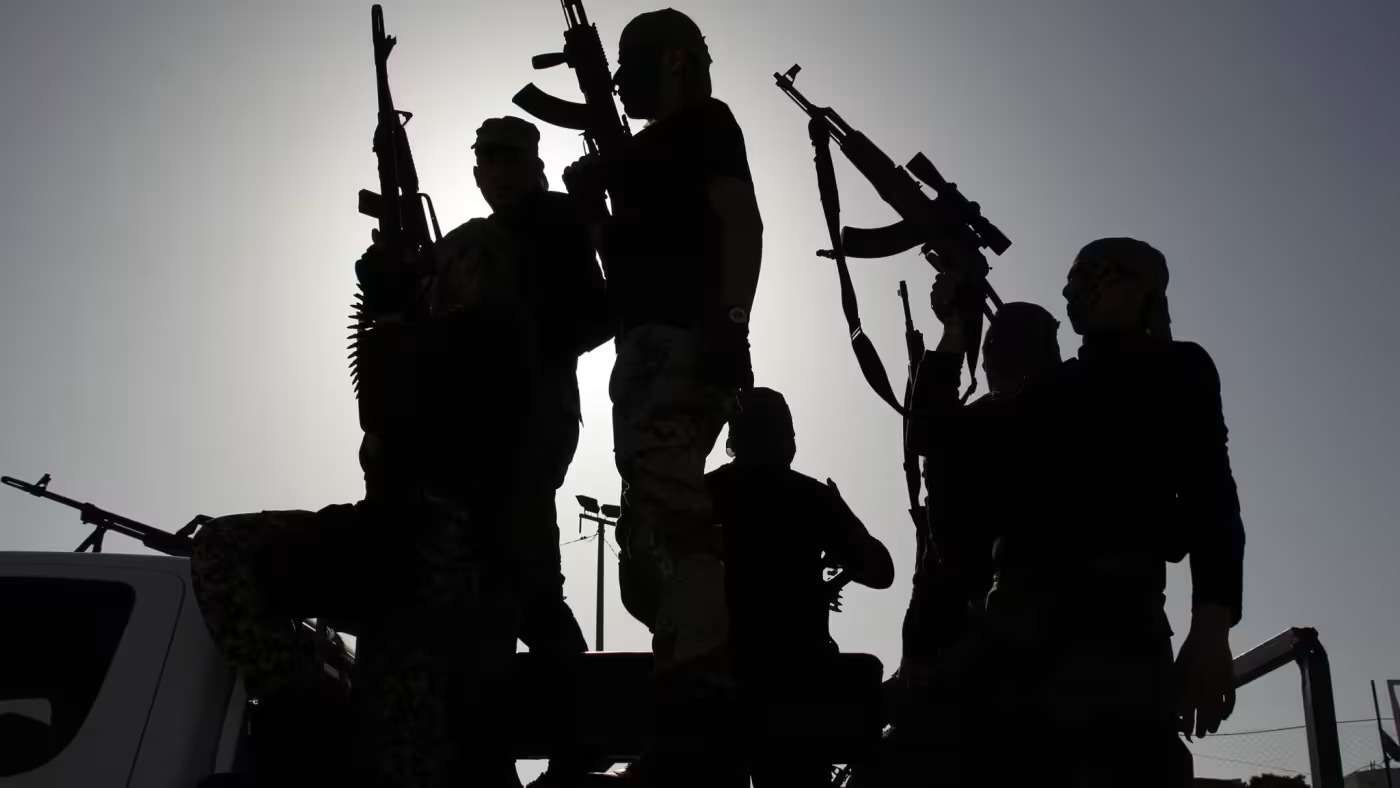
New Militias
While some families have paid a heavy price for refusing to collaborate with IOF, others have reportedly agreed to form militias operating under direct Israeli command, with units now spread across various parts of the Gaza Strip.
According to the Or Vialkov, citing sources within the Shin Bet, six such militias are currently active under the supervision of the Israeli Occupation Forces.
These include the Yasser Abu Shabab militia in eastern Rafah, and the Hossam al-Astal militia in eastern Khan Younis, in the southern Gaza Strip.
The report also named two other groups in the eastern Shujaiya area, one led by Rami Hellis and another by Ahmed Jundiyeh, in addition to a militia based in the Bedouin village area in northern Gaza, and one operating near the Jordanian field hospital in southern Gaza.
On September 17, 2025, Haaretz reported that new testimonies revealed ongoing coordination between the Israeli Occupation Forces and the Shin Bet with organized militias inside Gaza, which are now taking on active combat roles.
The paper said each militia comprises dozens of armed men, most of whom are affiliated with well-known Gaza clans, particularly the Abu Shabab family.
It added that, in recent weeks, the army had expanded its recruitment of local militias to operate in coordination with Israeli soldiers on the ground.
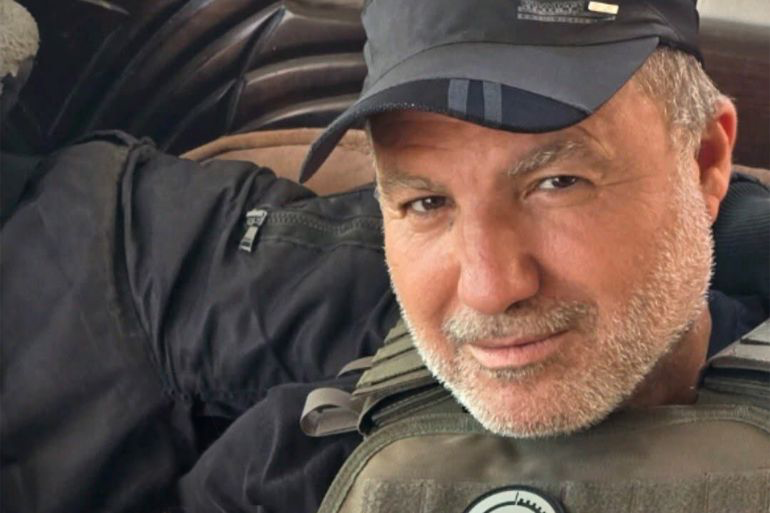
Haaretz revealed that the Abu Shabab militia consists of between 100 and 300 fighters, with Israeli officials acknowledging that the group has been armed as part of “an operation to supply local groups with weapons to confront Hamas.”
Following Abu Shabab’s formation, new armed factions emerged in Shujaiya, led by Rami Hellis, and in Khan Younis, led by Yasser Hanideq, according to a report published by Yedioth Ahronoth on September 20, 2025.
According to the newspaper, two newly formed armed groups affiliated with the Fatah movement are currently active in the Gaza Strip, operating with direct support and in coordination from the Israeli Occupation Forces, with the aim of targeting Hamas.
One of the groups operates in Gaza City, specifically in the Shujaiya neighborhood, under the leadership of Rami Hellis, while the other is active in Khan Younis, led by Yasser Hanideq, both areas currently seeing a significant Israeli Occupation Forces presence.
The paper noted that the groups led by Hanideq and Hellis are receiving weapons and assistance from Israeli Occupation Forces and are engaged in operations against Hamas.
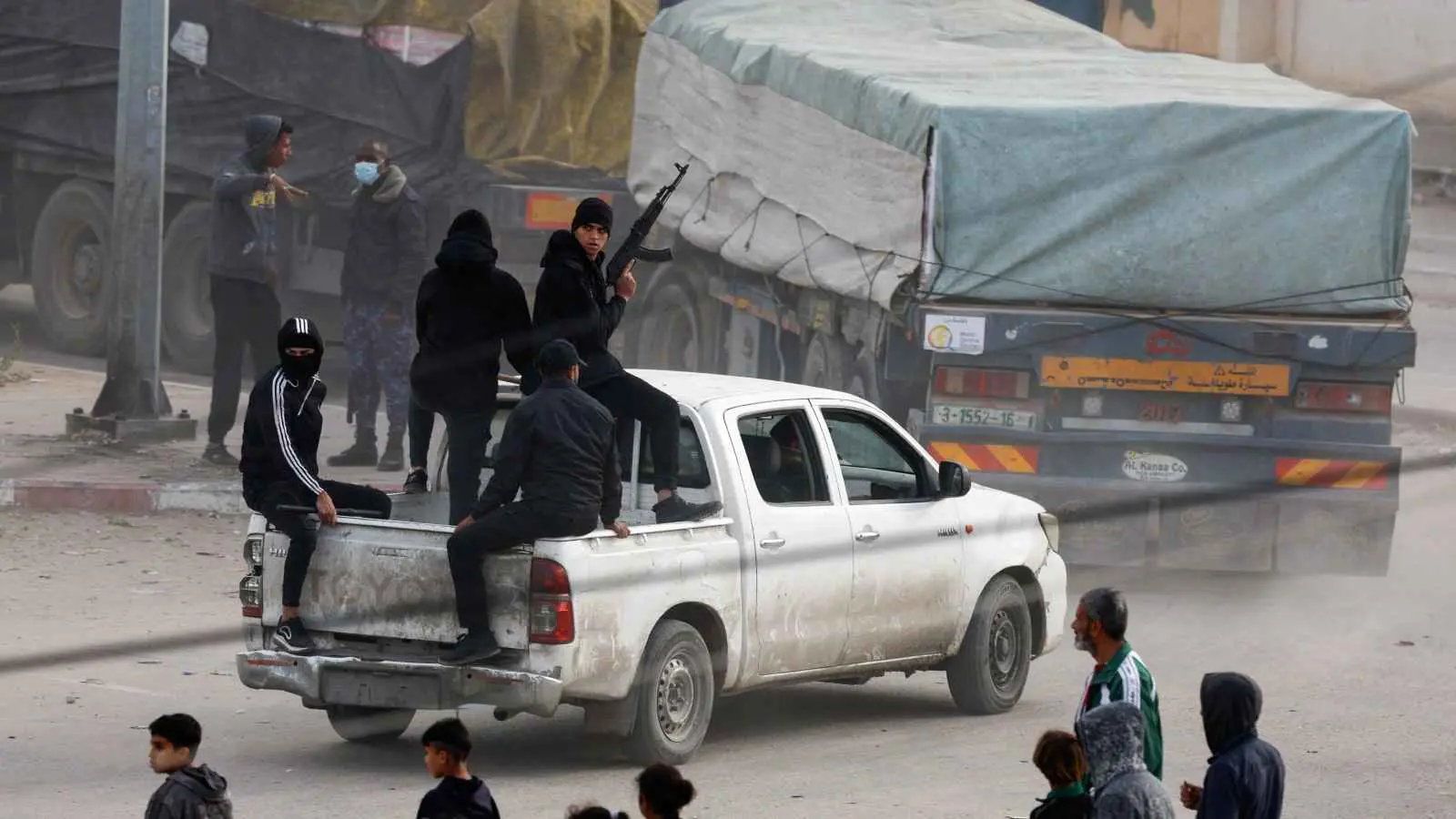
Dirty Tasks
In an exclusive interview with Al-Estiklal, a security source revealed that the resistance’s security forces have, in recent months, detected a deep and fundamental shift in the Israeli occupation’s approach, marked by efforts to form as many local militias as possible.
The source explained that these militias have been concentrated in the northern part of the Gaza Strip, specifically in Beit Lahia and Jabalia refugee camp, in addition to various areas within Gaza City, including its eastern, northern, and southern neighborhoods.
He also pointed to the presence of new militias in the city of Khan Younis, particularly in its eastern areas, as well as in the city of Rafah, reflecting the occupation’s strategy of spreading its influence by establishing multiple local arms throughout the Strip.
The security source added that the occupation has supplied these militias with a variety of weapons and equipment, including four-wheel drive vehicles, surveillance cameras, full tactical gear, and all necessary materials for carrying out their tasks.
He clarified that the activities of these militias range from raiding homes, searching for tunnels, collecting intelligence on the resistance, and abducting fighters and operatives, to spreading rumors and carrying out operations aimed at destabilizing society and fueling internal divisions.
These provisions and missions, he said, indicate that the occupation seeks through these militias to strengthen its control over the city and facilitate the implementation of its policies against both the population and the resistance.
The security source emphasized that these militias represent the primary tool for the operations being conducted by the occupation, even within Gaza City itself.
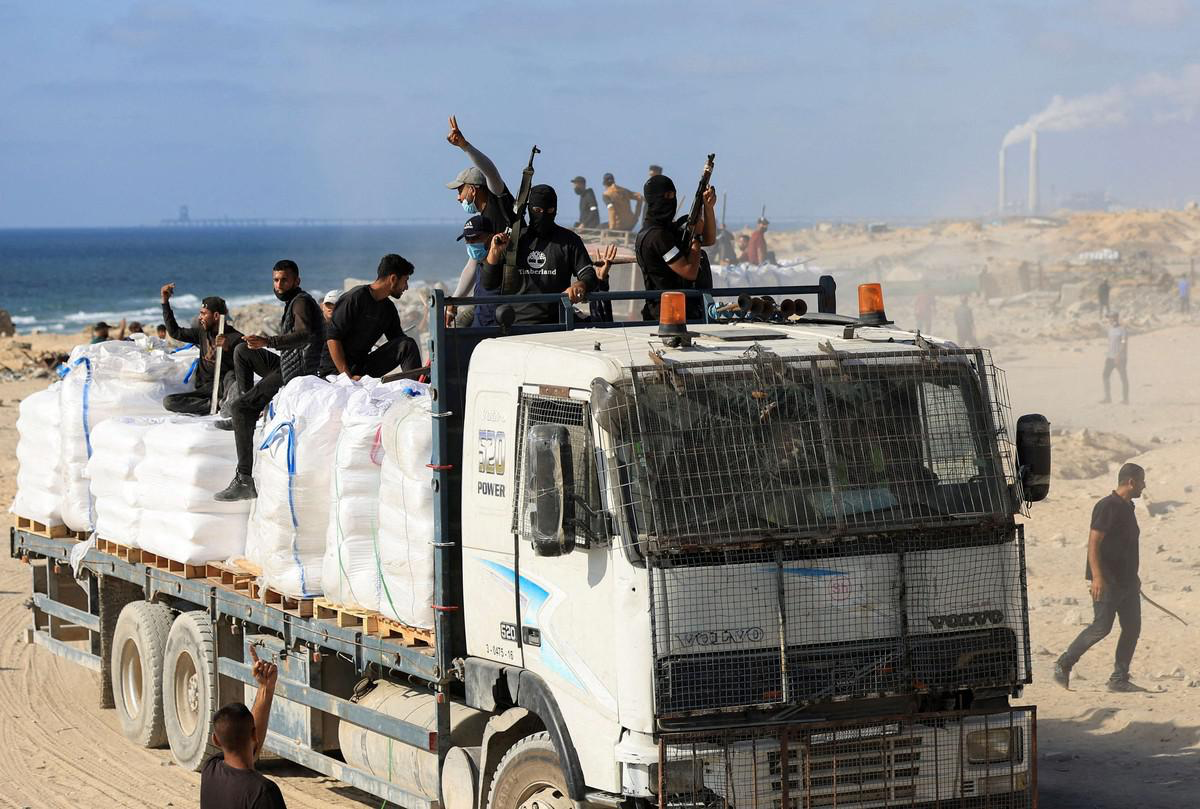
The source explained that the resistance has observed the occupation increasingly relying on members of these militias to carry out more than 90% of missions inside Gaza City, deliberately avoiding the use of its own soldiers in order to sidestep ambushes and attacks by resistance fighters.
The occupation, he said, has exploited what he described as “the cheap and treacherous performance of these militias,” who, in his words, “care neither for death nor danger.”
He confirmed that the most intense activity by these militias has been observed in the areas of Saftawi, Zeitoun, Shujaiya, and Tel al-Hawa, where several operations targeting them have already been carried out by the resistance. The militias have also, according to the source, conducted missions under Israeli direction in the city center.
The source pointed to a dangerous development in recent months, marked by the adoption of a policy of abducting resistance members and handing them over to the Israeli Occupation Forces.
He described an even more alarming escalation, the kidnapping of women for use as a “vile means of pressure” against detainees or to extract confessions during interrogations.
He warned of inevitable consequences should such actions continue, stressing that those who participate in these crimes “face a certain fate and guaranteed retaliation.”
The source went on to say that the occupation has established economic sources to sustain these militias independently. These have relied on theft, drug trafficking, and various forms of commerce.
He added that “Israel” has begun handing over tents designated as humanitarian aid for displaced people, which are then sold by these militias at inflated prices.
In other cases, they were granted control over the distribution of aid and goods, bringing them substantial sums of money. The aim, he said, is to give them enough financial power to recruit more criminals and collaborators into serving the occupation, turning this cheap tool into a self-sustaining one that imposes no direct cost on the occupation, thereby ensuring its continuity.
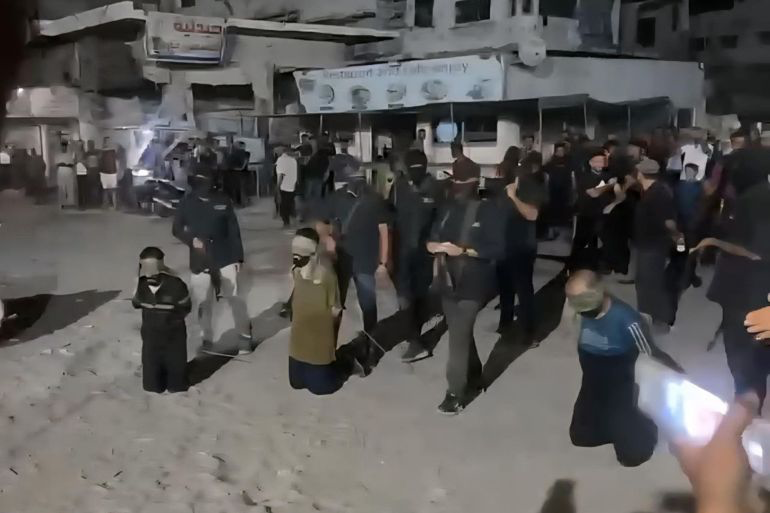
No Future for Traitors
The security source concluded his remarks by saying, “Despite the significant expansion of these gangs and the occupation’s support for them, they have, in recent weeks, been subjected to numerous operations, resulting in the killing of dozens and the injury of many others.
“We were also able to dismantle a militia formed by the occupation, arrest numerous its members, interrogate them, and uncover others who were in contact with and connected to gangs such as the Abu Shabab gang in central Gaza.”
He added that the resistance had also carried out deadly operations against them in Gaza City, and that “we treat them as we treat the occupation itself.” For this reason, he stressed, “despite the current threat these groups pose, they have no future, thanks to the awareness of our people and their families, the strength of our resistance, and the unity of the people around it.”
Separately, on September 28, 2025, the resistance’s security apparatus in Gaza expressed its appreciation for the position taken by the al-Mukhtar Bakr family in western Gaza, who rejected offers from the occupation to remain in their homes in exchange for turning their sons into collaborators, in a militia modeled after Abu Shabab.
Al-Haris, a platform affiliated with the resistance’s security, described the family’s stance as honorable, saying it was “a white page in the history of this noble family, whose leader chose dignity and pride, refusing to have the family’s name recorded in the register of betrayal, preferring instead to endure all pressures, hardships, and even life on the streets.”
In the same context, Alaa al-Din al-Aklouk, a leader in the National Assembly of Palestinian Tribes, Families and Clans, stated on September 28, 2025, that the occupation had attempted to recruit both families to form militias under its command, but the response was clear and unequivocal, “We will not be tools in the hands of the occupation against our homeland.”
He explained that the families whose sons were drawn into collaboration have disavowed them and worked to isolate them, praising the Palestinian people's steadfast positions, which he described as deeply rooted in the land and firmly embedded in the struggle for liberation.
As discussions continue over the Trump plan, sources within the Shin Bet security agency have indicated that the future of the Israeli-backed militias in Gaza appears increasingly uncertain, according to a report published by Haaretz on June 10, 2025.
The same security sources reported unrest within the Abu Shabab militia, as fear has spread among its members, with some reportedly seeking mediation to reconcile with Hamas and request amnesty, a development that now threatens the militia’s very existence.


